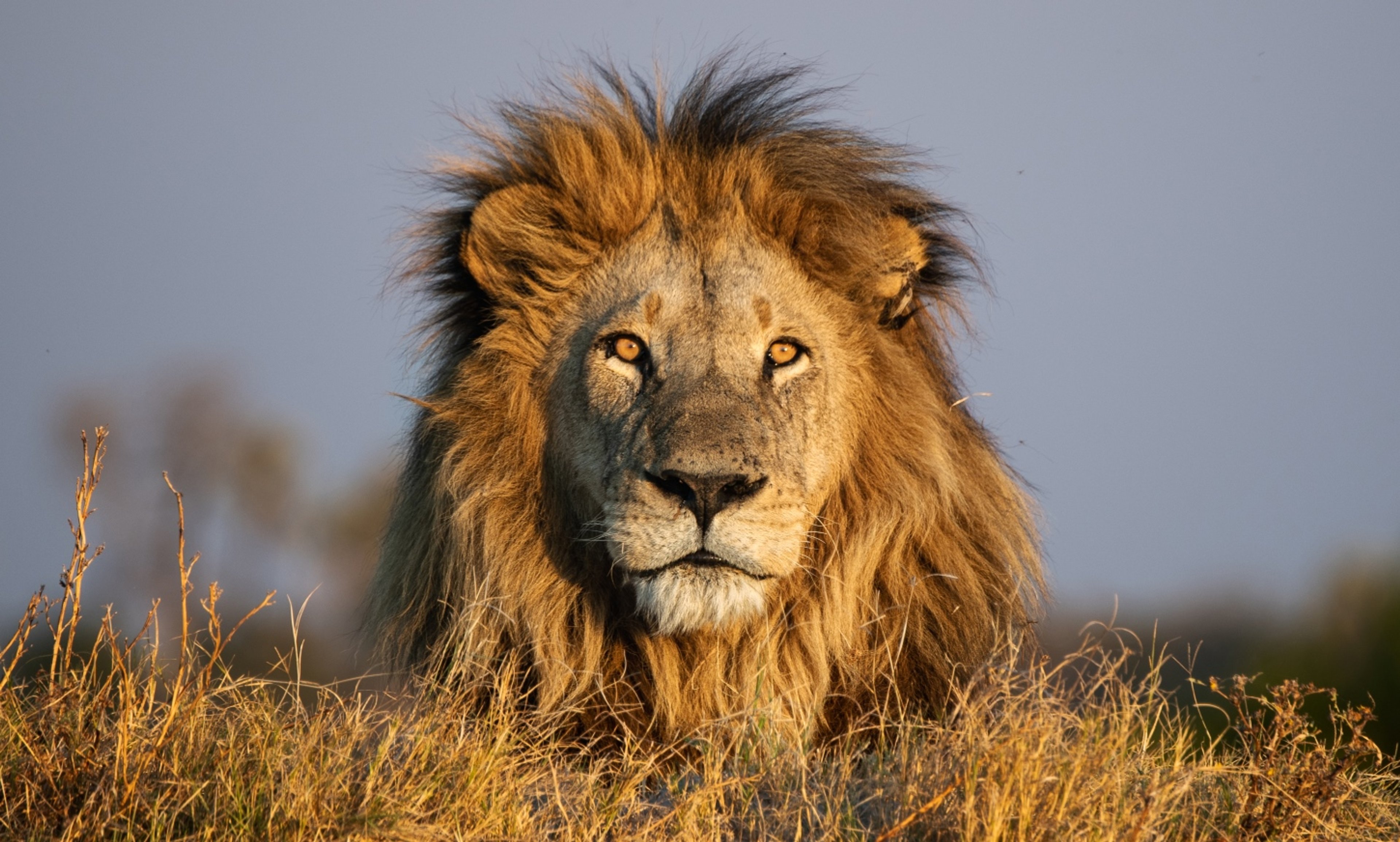A vast continent rich in biodiversity, sweeping savannahs, ancient indigenous culture, lush jungles and amber deserts, Africa’s unique magic has captured the hearts and souls of adventurers and dreamers alike for centuries.
At the core of the continent’s allure is its magnificent wildlife and vast open spaces, offering some of the most breathtaking and unique animal encounters on the planet. Africa's wildlife is a living testament to nature's intelligence and adaptability.
The Big Five - elephant, lion, leopard, buffalo and rhino - are often considered the pinnacle of Africa’s rich tapestry of wild creatures, although every animal sighting is a gift and no less fascinating. These animals, topping the must-see lists of wildlife enthusiasts, are not just symbols of the wild and keystone species, but also vital barometers of the health and vitality of their ecosystems.
Let’s explore the enigmatic world of the Big Five, unravel their habits and mysteries and introduce you to some of the other wonders of African fauna. As we embark on this journey, we'll also underscore the critical importance of preserving these treasures of the wild for generations to come.
An Exploration of the Big 5 African Animals
Of all the wildlife that call the open grasslands home, the African Big 5 animals are the most iconic. While elephants, rhinos, leopards, lions and buffalo are vastly different creatures, they all thrive in the same wilderness environments across multiple countries in Southern and East Africa.
The origins of the term “Big Five” can be attributed to the big game trophy hunters of the 19th and 20th centuries. The mammal species included in the term were known to be particularly dangerous and difficult to hunt. Fortunately, the days of widespread trophy hunting are behind us though threats to wildlife have sadly evolved to include illegal poaching, human-wildlife conflict and habitat loss. At ROAR AFRICA, a breathless urgency to save the wildlife and wilderness we have left is central to everything we do and the Big Five are a core focus of conservation across the continent, widely celebrated for their magnificence.
It’s no surprise that witnessing these iconic animals roaming free in their natural habitat on an African safari is a bucket-list dream for so many curious travelers, photographers, conservationists, ecologists and wildlife enthusiasts around the world. There is simply nothing like it.
Let us take a closer look at what makes each of the Big 5 African animals so unique.
The King of the Jungle
The African lion is one of the most revered animals in the world. This big cat is the epitome of regal power, pride, resilience and intelligence. The commanding presence and majestic manes of male lions embody the apex predator of the savannah.
In each measured step and thunderous roar, the African lion embodies a fierce protectiveness over the pride and determination to dominate and survive. Viewing the pride of lions in their natural habitat invites travelers to see the eternal daily dance between predator and prey in the vast wilderness. One also sees the more tender and playful moments between mothers and cubs, a reminder that we’re not so different after all.
The Gentle Giants
Nothing can prepare travelers for the sheer size and sensitivity of the African elephant. The largest animals to walk the Earth can be found throughout the continent. Guided by the family matriarch, these herds traverse ancient migratory routes that cover hundreds of miles across the expansive bush in search of food and water.
Critically endangered African forest elephants are smaller and more elusive. Given, that these mammals thrive in the humid, tropical forests rather than the savannahs, you’ll find forest elephants in the thick jungle terrain of Central and West Africa. Elephants’ intelligence and capacity for emotion are so similar to humans - they feel love, loyalty, joy and sorrow just as we do and will do anything to protect their young.
These gentle giants are a true testament to a life lived in harmony with the land. Through their ancient migratory travels, the elephants act like architects of the landscape, spreading seeds and carving divets in the ground with their heavy feet for rainwater to gather. These actions are critical to biodiversity and the continuing health of the ecosystem. Elephants have shaped Africa and its flora and fauna as we know it today.


